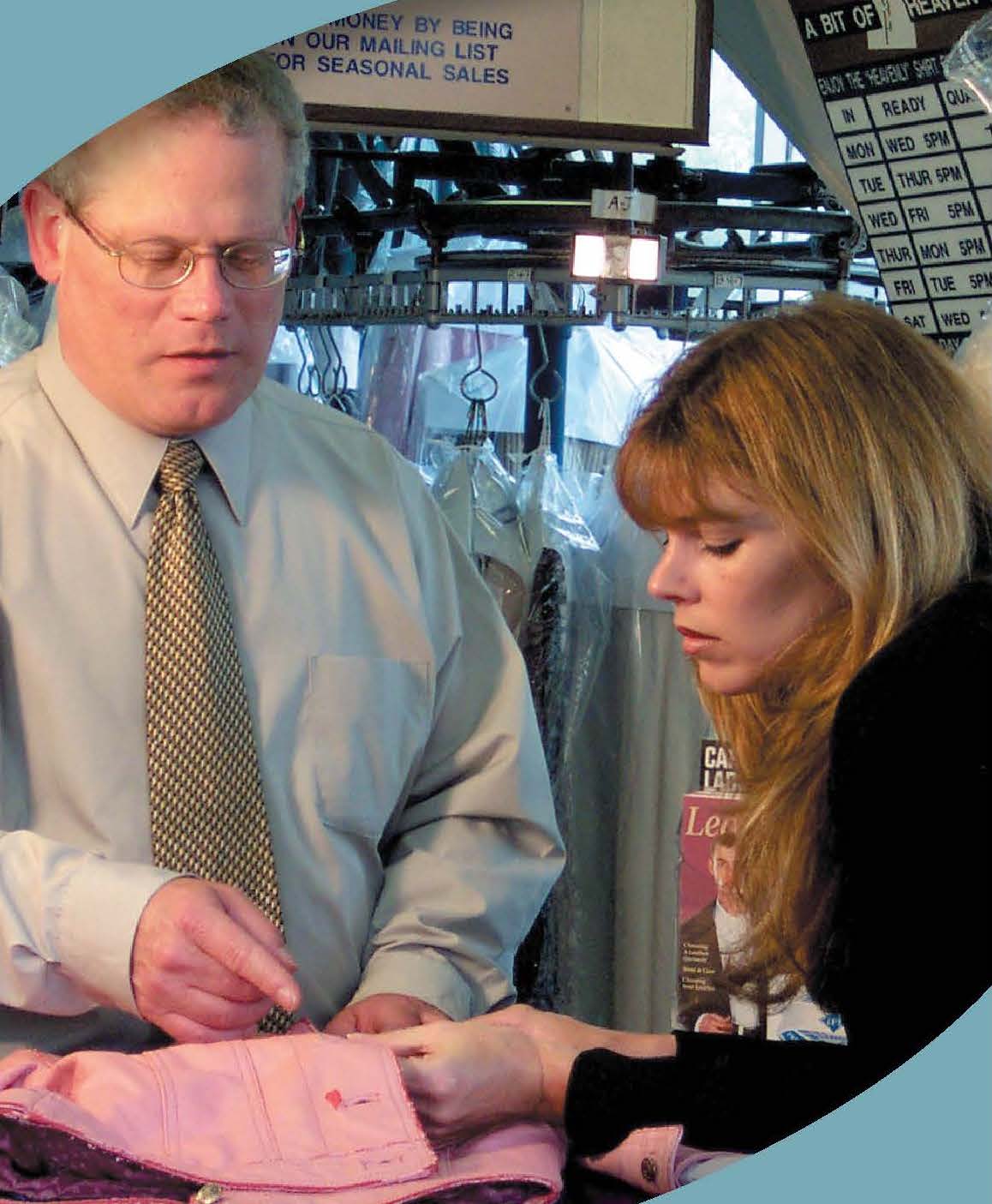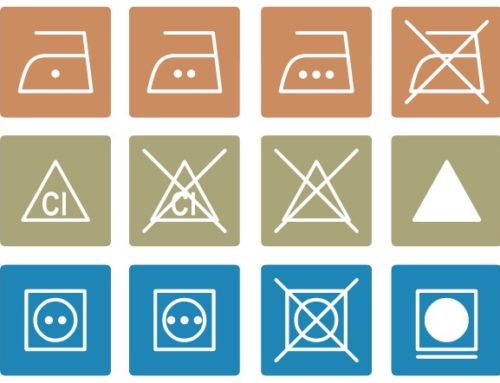What can you do when a garment gets damaged?
A consumer guide from Santoros Cleaners
Whether it’s a previously unseen spot, a color change, or a broken button, imperfect results represent a problem that must be addressed. Sometimes damage that occurs during the cleaning process may reflect a manufacturer’s defect or a problem that arises from circumstances of use. We will work with you to promptly address the situation and resolve the problem.
What is the Law?
The Federal Trade Commission’s (FTC) Care Labeling Rule requires care labels on all garments sold in the United States. These labels must be permanent, legible, and easy to find. The care label is in- tended to give consumers and cleaners guidance on how to care for the item properly. All parts of the garment must be able to withstand the recommended care procedure.
Consent Forms
Occasionally, we may recognize the likelihood of a problem or risk with your garment and will discuss it with you. We will explain that we would not recommend drycleaning or laundering because of what we think might happen during the process. If you want us to try to clean it anyway, we may ask you to sign a release acknowledging that the risk of possible damage has been explained to you. In this case, if damage occurs during our very careful professional care, we cannot be held responsible.
Consumer Responsibility
Damage due to consumer use or storage is often not apparent until after cleaning. Many staining substances are invisible when they dry, but they oxidize, darken, and therefore become visible when exposed to heat in cleaning and pressing. Likewise, several staining substances, such as alcoholic beverages, perfumes, or household cleaning products, contain chemicals that contribute to color loss. None of this is the result of defective materials or mishandling by the cleaner. Damage from circumstances of use should be considered the consumer’s responsibility.
Our Responsibility
Sometimes damage that occurs during the cleaning process is our responsibility. Whenever that happens we will address the circumstances promptly and fairly, often using the Fair Claims Guide For Consumer Textile Products to guide us in proper settlement. However, if there is a valid question regarding responsibility, we may seek permission to submit the item for an independent determination performed by the International Textile Analysis Laboratory.
Manufacturer Responsibility
If a label indicates “dryclean” or “wash,” this should mean that all components—including the outer shell, lining, buttons, interfacing, fusing material, dyes, and trim—will not be altered during cleaning. If following the care instructions leads to a problem, responsibility lies with the manufacturer for not properly testing the garment before labeling.
Common manufacturing problems include:
- Dyes that dissolve in drycleaning solvent, water, or detergent, causing bleeding or fading.
- Sizing that dissolves in solvent or water.
- Shrinkage because of failure to properly stabilize the fabric before garment construction.
- Color loss or change in dyes sensitive to light or to action of the surrounding air.
- Shrinkage or separation of interfacing and bonded fabrics.
Article from Dry Cleaning & Laundry Institute International






